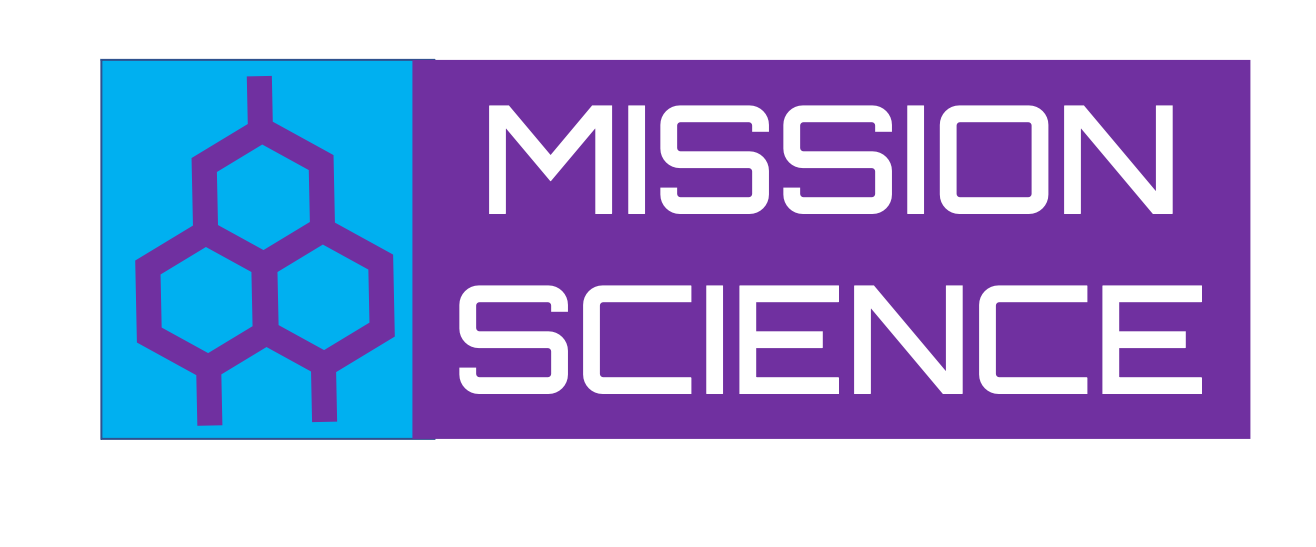A chemical reaction is a process in which atoms are rearranged to produce new substances. During a chemical reaction, the bonds that hold atoms together may be formed or broken. A chemical formula uses chemical symbols and numbers to represent a given substance.

A chemical equation is an expression that uses symbols to show the relationship between the starting substances and the substances that are produced by a chemical reaction. Reactants are the substances that participate in a chemical reaction. Their chemical formulas are written on the left. Products are the substances formed in a reaction. Their chemical formulas are written on the right. An arrow, known as a yield sign, points from the reactants to the products. A subscript is a number written below and to the right of chemical symbols.

The law of conservation of mass states that chemical equations must show the same numbers and kinds of atoms on both sides of the arrow. Coefficients are used to balance an equation. A coefficient is a number placed in front of a chemical formula. Energy can be absorbed or released in a chemical reaction. Energy is always conserved according to the law of conservation of energy concentration, surface area, temperature, storing, and catalysts all affect the rates of reactions.
